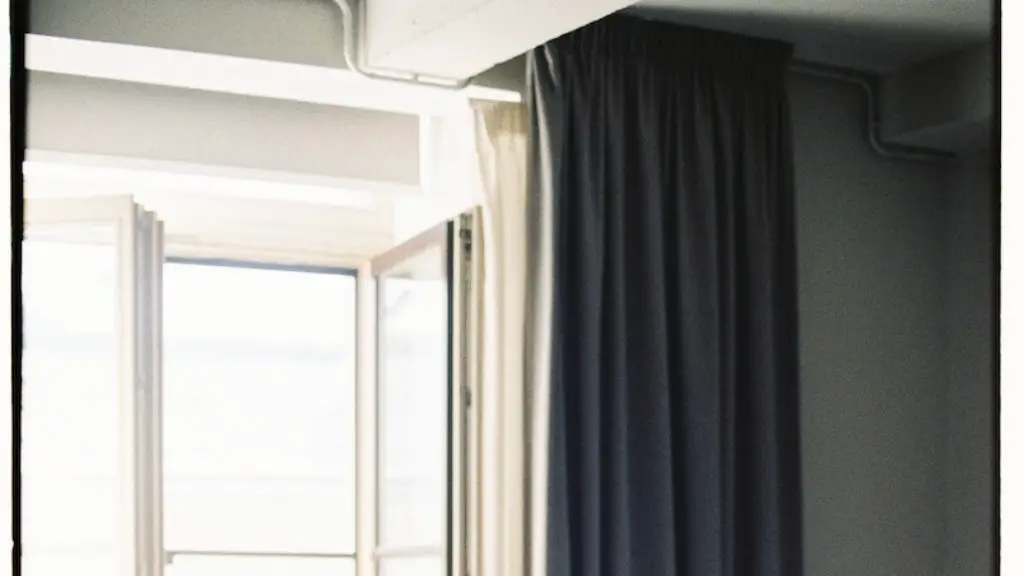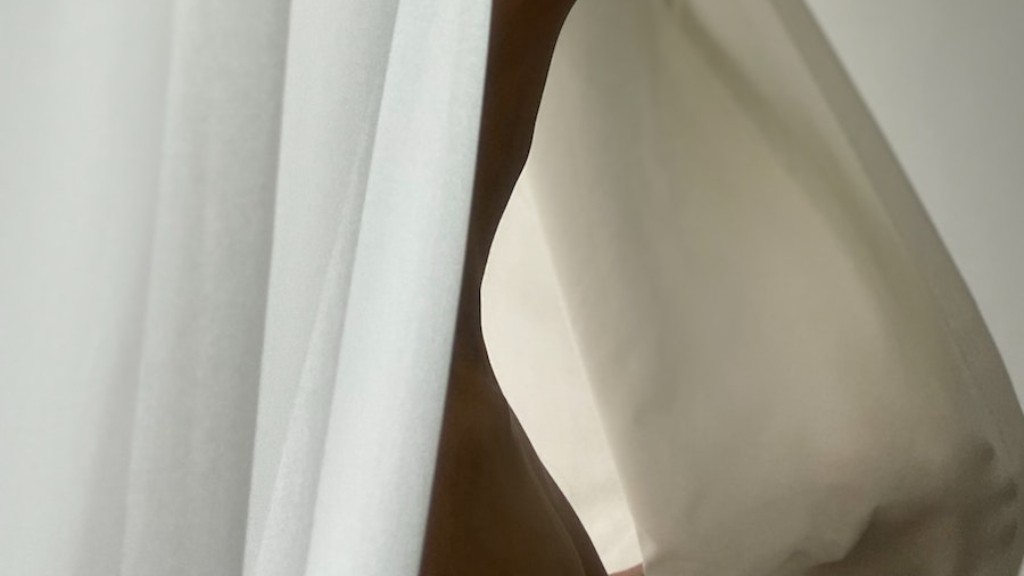In order to answer the question of whether or not insulated curtains work, one must first understand how they work. Insulated curtains are designed with a layer of air between the fabric and the lining. This air layer helps to keep heat in during the winter and out during the summer. The thickness of the layer of air is what determines the level of insulation the curtain provides. Thicker layers of air provide more insulation.
Insulated curtains can help to regulate the temperature in a room by blocking out cold air in the winter and hot air in the summer.
Are insulating curtains worth it?
Thermal curtains are an effective way to reduce energy costs in both winter and summer. Medium- to light-colored curtains with a white, thermally reflective backing can reduce heat gain during the summer by as much as 33% by reflecting solar radiation. The orientation of the window also affects energy efficiency.
One of the most effective ways to cut your energy costs at home is to use insulated curtains. By keeping drafts out and reducing heat exchange, insulated curtains can help you save money on your energy bills.
What is better thermal or insulated curtains
There are pros and cons to both insulated and standard curtains. Insulated curtains provide greater thermal separation but are more expensive. Standard curtains are less expensive but do not provide as much thermal temperature separation. Ultimately, the decision of which type of curtain to use depends on your specific needs and budget.
Curtains are one of the simplest ways to save energy in your home. By keeping them closed at night, you can reduce heat loss by up to 25%. Even during the day, curtains can help to keep your home cooler in the summer and warmer in the winter.
What are the best curtains to keep heat in?
Blackout thermal curtains are the best choice for keeping your home warm this winter. They provide complete insulation and block out all daylight, creating a dark and peaceful atmosphere that helps with sleep. The extra layer of blackout fabric, paired with the thermal interlining, makes them the perfect choice for keeping your home warm and comfortable all winter long.
Looking for the best heat-blocking curtains to keep your home cool this summer? Check out our top picks for the best blackout, outdoor, noise reducing, and small window curtains.
Do thermal curtains need to touch the floor?
There are a few things to consider when deciding if your curtains should touch the floor. The first is the overall style you are trying to achieve in your space. If you are going for a more formal look, then longer curtains that pool on the floor can be a good option. If you are going for a more relaxed look, then shorter curtains that end above the windowsill can be a better choice.
Another thing to consider is functionality. If you have pets or small children, you might want to choose curtains that are shorter so they don’t get dragged around or dirty. If you live in a place with a lot of dust or pollen, you might want to choose curtains that are longer so they don’t collect as much of it.
Ultimately, the decision of whether or not to have your curtains touch the floor is up to you and what you think will look best in your space.
If you’re looking to add a touch of luxury to your home and make it feel warmer, velvet and suede curtains are great choices. Both materials are excellent at blocking out light and noise, making them ideal for use in bedrooms and living rooms. They also have insulating properties, which can help to keep your home warm during cold weather.
Is it better to keep curtains closed in winter
It’s important to try to use as much natural heat as possible, and sunlight is a great source of free heat. Window shades and curtains should be kept open during the day to maximize your home’s potential to retain heat. Closing your curtains as soon as dusk falls will help keep the heat in.
Blackout curtains are not primarily purchased for their ability to help with temperature control. However, they can be beneficial in this respect as well. Blackout curtains can keep a room warm by preventing heat from escaping and cold from coming in. They can also help to cool a room by blocking out sunlight.
What insulates better curtains or blinds?
Curtains are often seen as the best option for insulation and soundproofing, but in warm weather, blinds are actually more energy efficient. Because blinds leak more heat from a room, they decrease indoor heat gain more efficiently in the summer by around 45 percent. This can lower your AC bills and make your home more comfortable.
If you’re looking for window coverings with a high R-value, insulated cellular shades are a great option. The air pockets in the honeycomb cross-sections help to reduce the conduction of heat, making them more energy-efficient.
Can you see through thermal curtains
Adding a lining or blind to your thermal curtains will give you better light control. The thermal barrier will keep the heat in during the winter and the cool air in during the summer.
Thermal curtains are an effective way to keep heat inside a room during the winter. By creating a dead-air space between the window and the room, thermal curtains reduce the amount of air infiltration and transfer of heat. This makes them an ideal choice for rooms that are particularly susceptible to drafts or heat loss.
What’s the difference between lined and thermal curtains?
Thermal lining is a great way to save on energy costs. This type of lining helps to keep heat in during the winter and out during the summer. This can be a great Way to save money on your energy bill.
Yes, window coverings do save energy! The right window coverings can help keep unwanted heat out of your home in the summer by blocking light and sun heat. This can reduce your energy costs by as much as 25 percent!
What color is best for thermal curtains
If you’re wondering which colour will help keep your room cooler, black or white, the answer is white. White curtain colours reflect thermal energy, while black absorbs it, making the room warmer.
There are a few cheap ways to keep your house warm. Draught-proof your home, insulate your pipework, and change your curtains or blinds. Fit carpets with underlay and move your furniture around. Increase your roof and loft insulation, and install better floor insulation.
Warp Up
Insulated curtains can help to reduce the amount of heat loss in a room by creating an additional layer of insulation. By preventing heat from escaping through the window, they can help to keep a room warmer in the winter and cooler in the summer.
The insulated curtains work by blocking the flow of heat out of the windows, thus reducing the amount of energy required to heat the room.





